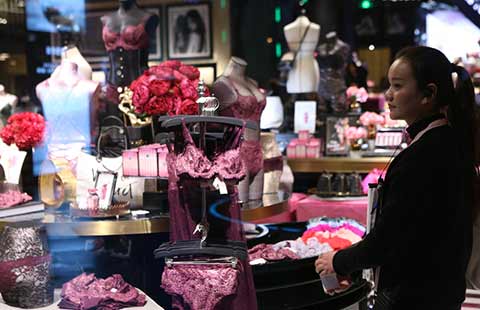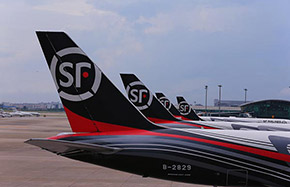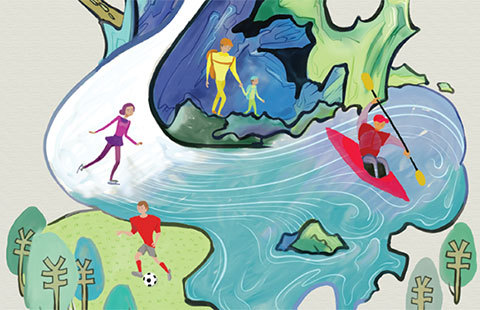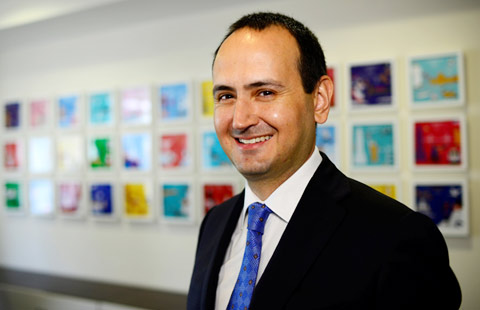China makes Belgrade tourism fair debut
BELGRADE-For the first time, China took part in the Belgrade International Tourism Fair that opened on Thursday.
Serbian officials and tour operators saw this as another signal-along with visa liberalization and possible direct flights-that the number of Chinese tourists to Serbia may soon increase notably.
The annual fair took place from Feb 23 to 26, with 1,100 exhibitors, local, regional and international tour operators, tourism associations, hotels and airline companies from 56 countries participating.
It was officially opened by Serbian Prime Minister Aleksandar Vucic and Rasim Ljajic, the country's minister of trade, tourism and telecommunications.
Speaking at the fair, Vucic said Serbia made over 1 billion euros ($1.06 billion) in profit from tourism last year because it realized it had underestimated its potential in the past and decided to act. One of the strategies, he added, was to attract more visitors from China.
"In 2016, the number of Chinese tourists increased by 29 percent. We expect more of them because I expect that one Chinese airliner will soon establish a direct flight from Belgrade to Beijing," he said.
"This will mean-along with the visa-free regime-a huge number of tourists."
Vucic said Serbia plans to make arrangements with neighboring countries, such as Montenegro and Hungary, to present a joint offer to Chinese tour operators.
Ljajic noted the Belgrade fair has grown into the biggest tourism fair in the region and stressed the importance of having China and Russia as first-time participants.
In an interview, Liu Cheng, director of the Budapest branch of the China National Tourism Administration, said the branch was founded last March in Budapest to promote China as a tourist destination among central and eastern European countries, and to establish tourism connections between China and these countries, including Serbia.
"These years we have seen a rapid growth of Chinese outbound tourists to CEE countries, with an annual number of 800,000 tourists," Liu said. "Among these countries, the Czech Republic is the most popular."
Liu said that although not many Chinese tourists visit Serbia, the number is growing by 20 to 30 percent every year.
Serbia and China implemented a visa-liberalization program in January.
"I think it's important that Serbia promotes itself in China so that Chinese people will get to know more about this country and, gradually, Serbia will become a popular destination," he said.
Milica Cubrilo, secretary of tourism in Serbia's Chamber of Commerce and Industry, said that Serbia has a lot to offer tourists.
These include Belgrade and its surroundings, mountain resorts, spas, numerous festivals and traditions. The hotels, restaurants and tour guides have gradually started to adapt to the requirements of Chinese tourists, she said.
Almost 43,000 Chinese tourists visited last year. While the number isn't big for a population of China's size, it is encouraging for Siberia. Only 12,000 Chinese arrived in 2011, she added.
Biljana Radulovic, director of Top Tours, said her company made the first attempt to cooperate with Chinese tour operators on bringing tourists to Serbia by printing a brochure that was presented at an international tourism fair in Shanghai last year.

















